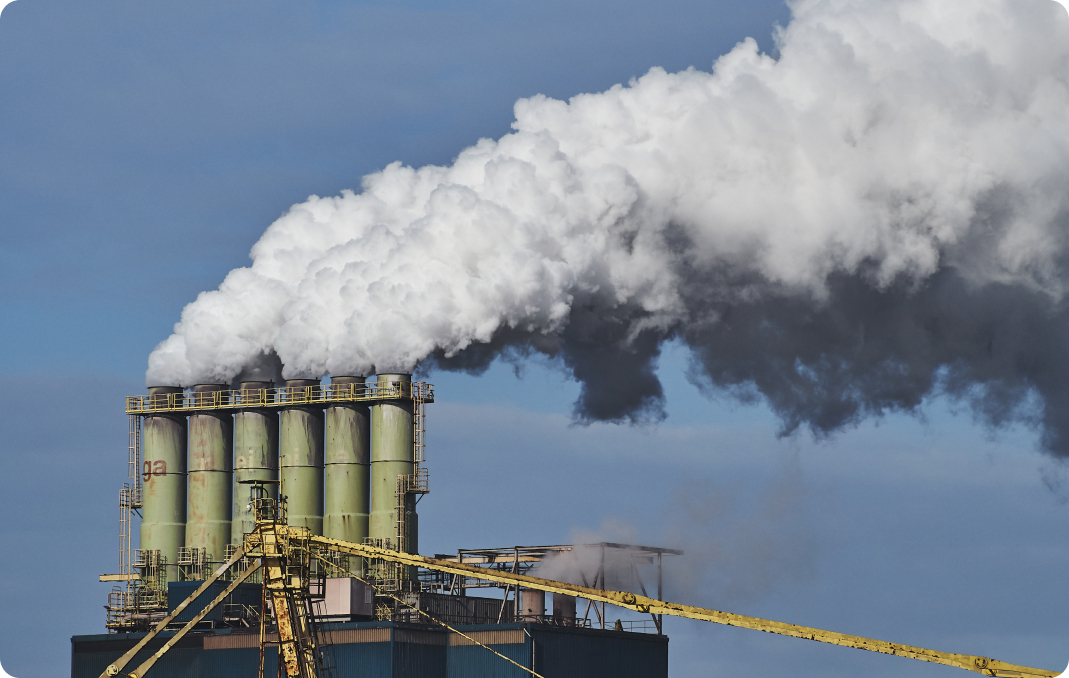What are commodities?
Commodities are natural resources used to create final products. They can be of animal, vegetable, or mineral origin, such as wheat, oil, or gold. Investing in commodities doesn’t require physically owning the product; instead, you can trade them through various financial instruments, similar to the stock market.
Types of commodities
In the commodity market, products are grouped based on their origin. Some examples include:
– Agricultural: grains, coffee, cotton, meat, etc. Their prices tend to remain stable unless affected by extreme weather conditions.
– Metals: such as gold, silver, and copper, which are used in industry and as investments during times of economic uncertainty.
– Energy: products like oil, natural gas, and propane. Oil, in particular, is highly volatile due to its global impact.
How does the commodity market work?
Commodity trading can be influenced by factors like climate, politics, and economic conditions. Many investors trade in this market using futures contracts, which allow them to buy or sell commodities at a pre-agreed price for a future date. These contracts provide price protection for both producers and speculators against price fluctuations.
Ways to invest in commodities
There are several ways to invest in commodities:
– Futures and options: ideal for those looking to hedge risk or speculate on prices.
– Stocks: invest in companies that deal with commodities, offering a more stable exposure.
– ETFs: funds that replicate the performance of commodities through futures contracts.
Factors affecting commodity prices
Commodity prices can fluctuate due to:
1. Supply and demand: when supply is low and demand is high, prices rise, and vice versa.
2. Climate: particularly affects agricultural commodities.
3. Political and economic factors: instability in producing countries can impact prices, as seen with oil.
Advantages of commodity trading
– Available for trading 24 hours a day.
– Portfolio diversification.
– Wide variety of products.
Disadvantages
– High price volatility.
– External factors like weather and politics can impact the market.
Market analysis
To analyze commodity prices, both fundamental and technical analysis are used. Fundamental analysis looks at macroeconomic factors such as inflation or economic growth, while technical analysis focuses on price patterns through charts and indicators.
Choosing a broker for commodities
When selecting a broker, ensure they are regulated, offer low fees, and provide a variety of financial instruments. Additionally, look for brokers that allow trading on multiple platforms, including desktop and mobile apps.
